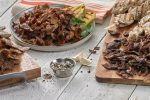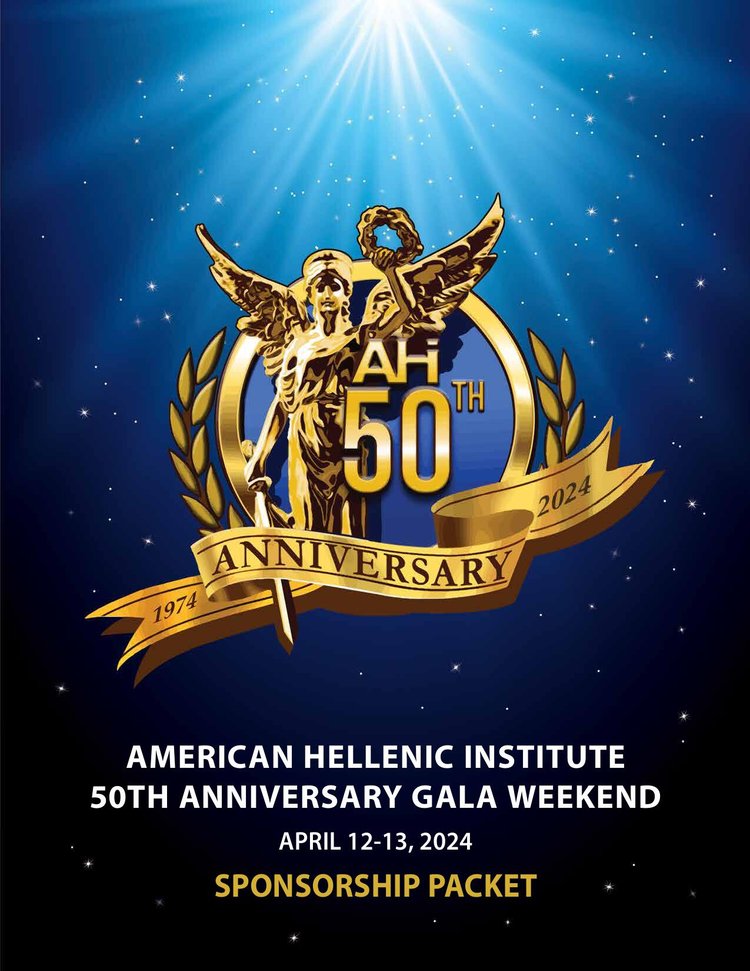Don’t Let Fast Casual Eat Your Lunch
Posted by estiator at 3 August, at 15 : 57 PM Print
■ By CONSTANTINE N. KOLITSAS, Consultant
WHETHER you’re the manager of a diner, luncheonette, casual-dining or tablecloth restaurant, you have competition that’s eating your lunch, literally and figuratively. The rise of fast casual restaurants—fast food restaurants serving up higher-quality fare—has taken a bite off of everyone’s plate, particularly at the lunch. There are a number of reasons you’ve lost market share to these businesses with familiar names like Panera, Five Guys Burger & Fries, Chipotle, Chop’d and Jason’s Deli. To begin with, they’re pretty good overall… They typically use good ingredients, are up on menu trends, and are a good fit for today’s fast-paced lifestyle. And culturally they tend to be in sync with the dreaded millennial generation that is upending business rules for every industry that touches the consumer. The biggest reason that you’ve lost (and continue to lose) market share to them, however, is that they do all of the above at a much faster pace than you do.
Today it’s all about speed, especially at lunch. Put yourself in the customer’s seat: You’re an office worker who’s got 45 minutes to an hour for lunch. It takes five minutes to get to your car and five minutes to drive to a restaurant… And you need five minutes to drive back to the office and another five to get back to your desk. If you’ve got a full hour, you’ve got 40 minutes left. If you’ve got a shorter lunch break, it could be as little as 25 minutes.
So, what’s the big deal? Worst-case scenario, you’ve got almost a half hour to eat. Actually, no, you don’t.
Let’s shift back to being the restaurant manager. How long does it take for a guest to have his or her lunch in front of them from the time they enter your door? Let’s break it down into steps. From the time they enter to the time they are sat: two minutes (we’ll assume there’s a few people ahead in line). From the time they’re sat to the time that a server comes by and takes a drink order: five minutes. From the time the server takes the drink order to the time they deliver the drink and take the food order: five minutes. From the time they take the food order to the time the food is delivered: twelve minutes. Total time from entering the restaurant to having fork in hand and eating: 24 minutes. Now add the back-and-forth time to get there and you’re at 44 minutes. Hold it! We’ve forgotten about how long it can take to get out of the restaurant once a guest is finished. Figure in the time it takes for a guest to flag down their server, get the check, present their credit card, get the card back and sign… Forget it if they wanted to stop and run an errand or fill their gas tank.
Now, let’s shift back again to being a guest. Fast casual restaurants don’t have servers. Orders are taken at the register and payment is rendered immediately. All of the time associated with getting sat, greeted and an order taken is distilled down to one interaction. Fast casual chains engineer their flow so that from the time a customer enters until an order is taken is approximately two minutes. And the time from when an order is taken until it is made and ready to eat is typically four or five minutes. There’s no waiting for a check, and all you need to do when you’re done is get up and walk out. The process that took 24 minutes in a traditional restaurant just took seven minutes. It’s as simple as that. Now, Mr. Guest, you have just 45 minutes to eat your lunch: Where are you going to go?
So does this mean that we all get rid of servers and put in automated ordering kiosks (a topic for another column, but I couldn’t resist the teaser)? Hey, that’s your call. But there are things you can do to combat the allure of fast casual restaurants. First, recognize that Speed of Service is a challenge that you’ve got to take on. Next, educate your servers—they are the ones on the front lines and they are the ones that have it in their control to shave off minutes from that stop watch. (Heck, you can hand them this column to read so they get the big picture.)
Some tips I’ve used to speed up service and rebuild slumping lunch sales at restaurants I’ve worked with: 1. Determine who the guests are who have time for a leisurely lunch and those who are on a lunch break. Ask them as they’re being sat. Don’t be shy! 2. Have enough servers on to handle the influx. 3. Train and monitor servers so they are greeting guests within one minute of being sat. Instruct them to ask if the guests know what they want for lunch rather than breaking the ordering process into beverage and food stages. Get that food order as soon as possible! 4. Warn guests when they order menu items that take a long time to prepare. 5. Communicate to the kitchen all orders that need to be expedited (add a button on your POS that says “Rush Lunch”). 6. Train your kitchen to rush those orders! 5. Drop checks as soon as food is delivered. This can be touchy. You only want to do this when a guest has told you that they’re on their lunch hour and you want to communicate that you’re doing so for their convenience. A speech that my servers have used in the past goes something like this: “For your convenience, I’m going to give you your check now so that if you’re in a rush you can get back to work quickly. Of course I’ll check back to see if you want anything else.”
There’s no way you can beat the seven minutes that a fast casual restaurant can clock, but hopefully you’ve trimmed out ten or twelve minutes from the process. In fact, it’s a good idea to set a time standard from when a guest enters until the time the order is taken and then until the time that the meal is served. Give your team a goal and monitor and coach them to help them achieve that goal. Time to order should be three minutes. Time to service should be eleven minutes. Now you’re within four minutes of your fast casual competitor.
By leveling the playing field somewhat on the speed of service, you’re left to compete on the merits of your food, hospitality and cleanliness. My experience as a restaurant customer tells me that if you’re a good independent operator, you’ve got a heck of a good shot!
Constantine N. Kolitsas is a restaurant consultant living in the New York tri-state area. His company, CNK Consulting, has helped numerous businesses improve their operations, develop their concepts, and increase profitability. For more information visit cnk-consulting.com or call 1-888-869-6068.
Related Posts
-

23 February at 11 : 27 AM 0
Grecian Delight | Kronos Foods launch integrated website
-

22 May at 13 : 55 PM 0
Θλίψη για τον θάνατο του επιχειρηματία, ευεργέτη και αγωνιστή Ευριπίδη Κόντου
















